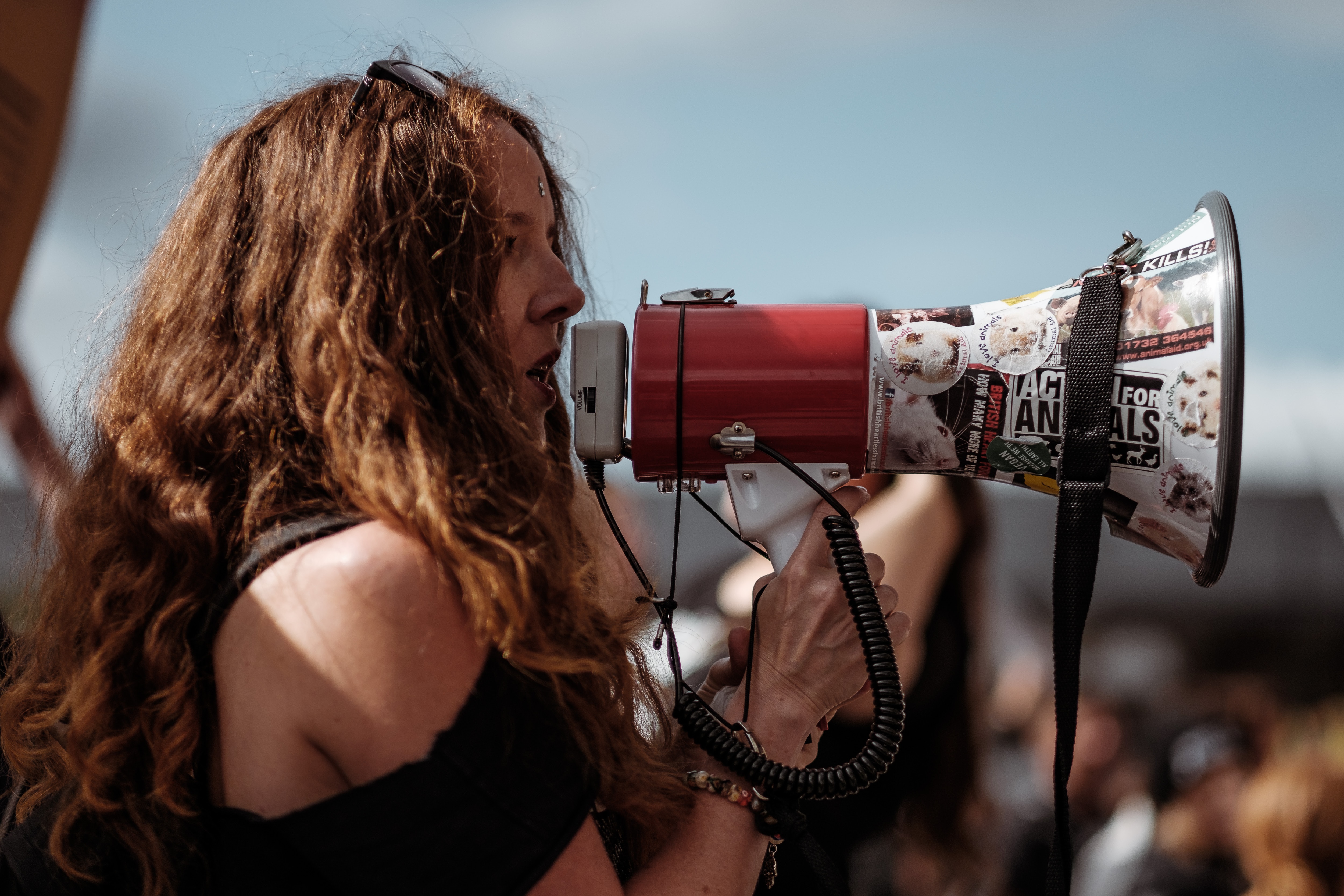I have said to my kids the dreaded phrase “you aren’t listening to me” so many times; it is so frustrating repeating myself. Then yesterday as we did something she turned to me and said “mummy, you’re not listening to me”. I wasn’t; I was doing something boring that ‘needed’ to be done and I was only half-listening, pretending to listen but in fact focusing on the task at hand.
Stopping what I was doing, I turned to her, got down to her level and looked her in the eye. “I’m so sorry, I didn’t listen did I? I am listening now, tell me again”. She rattled off something that didn’t seem like a big deal to me, but that was a big deal to her. We both went back to what we were doing and the important thing was that she knew I had heard her. I didn’t need to anything other than listening, wholly, respectfully and sincerely. It took minutes.
“Ease creates. Urgency destroys. When it comes to helping people think for themselves, sometimes doing means not doing” – Nancy Kline, from ‘Time To Think’
Listening is an art
We have all done it haven’t we, not listened fully to something someone else was saying and we have all been on the other end of someone not listening to us. How does it make you feel? Frustrated? Disrespected? Unimportant? Invisible? Rejected? I am sure some of you will identify with those feelings, others will have other feelings or words to describe it.
Whether it’s our boss, a partner, a friend, a family member sometimes we need to feel heard. Listening is an art and an underused skill in many situations and so I am challenging you to learn to listen (or at least improve your technique). In all the roles I play – partner, mum, sister, friend, coach – it is important that I listen and it’s hard work. No, really, it is. That’s why most of us are only truly listening a fraction of the time. We have to use all of our senses to listen fully, not just our ears and we have to focus.
Take my youngest, for example, she can’t speak yet at almost 9 months but she communicates and I have to listen, with my eyes as I watch her body language, with my ears as she squeals and shrieks (was that delight or frustration?) and with my body as I feel how she snuggles in or squirms in my lap. It’s the same with coaching, bar the sitting in my lap of course! I watch how the person I am listening to relaxes their body when they feel heard, how they change the pace of their speech or the volume and how the hug as they leave feels different to the handshake as they enter. In addition, I need to ask relevant questions, recall related issues and challenge the person so I need to listen with my memory and my intuition too.
5 levels of listening
When you are listening there are 5 levels:
- Ignoring (not listening)
- Pretending (listening to reply or interrupt)
- Selective (listening for information and give your own opinion)
- Active (listening fully but from your own standpoint)
- Empathetic (the holy grail of listening – listening fully, intentionally and for the other person)
When we truly listen to someone, we hold their space and allow them to do the work. We may not know if we are doing a good job, we have to assume that it is (as well as observe them and their reactions as we go). I have acknowledged that listening is hard – you need to concentrate on what the other person is saying and doing, not thinking about what you need to pick up from the shops on the way home or the disagreement you had with your boss this morning so I am going to give you two tips I learnt on my coaching course:
- When you are about to intervene and say something, put your tongue on the roof of your mouth and ask yourself…
- to W.A.I.T – Why Am I Talking?
I challenge you to try it today (and for the rest of the month and beyond if you are up for the challenge); if you believe that someone can think well for themselves, then you needn’t think (or talk) for them and do you know what, you might discover something amazing. Let me know what you discover.


4 thoughts on ““You aren’t listening to me””